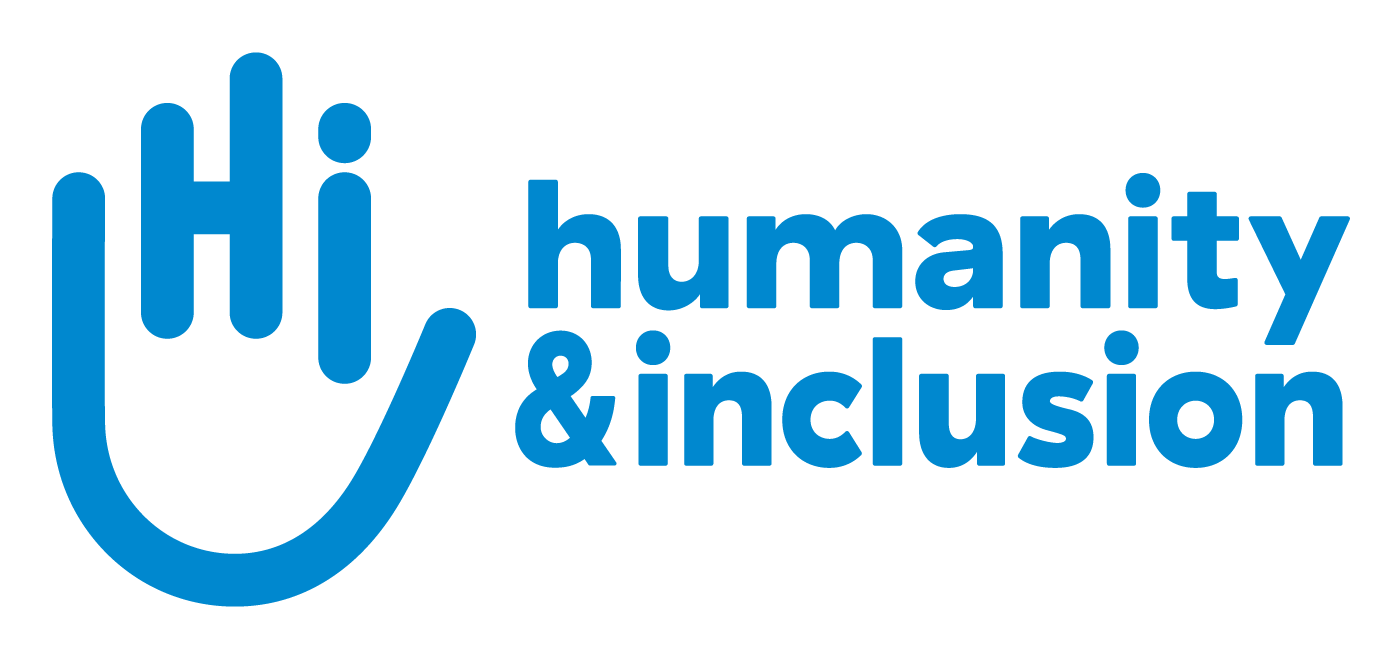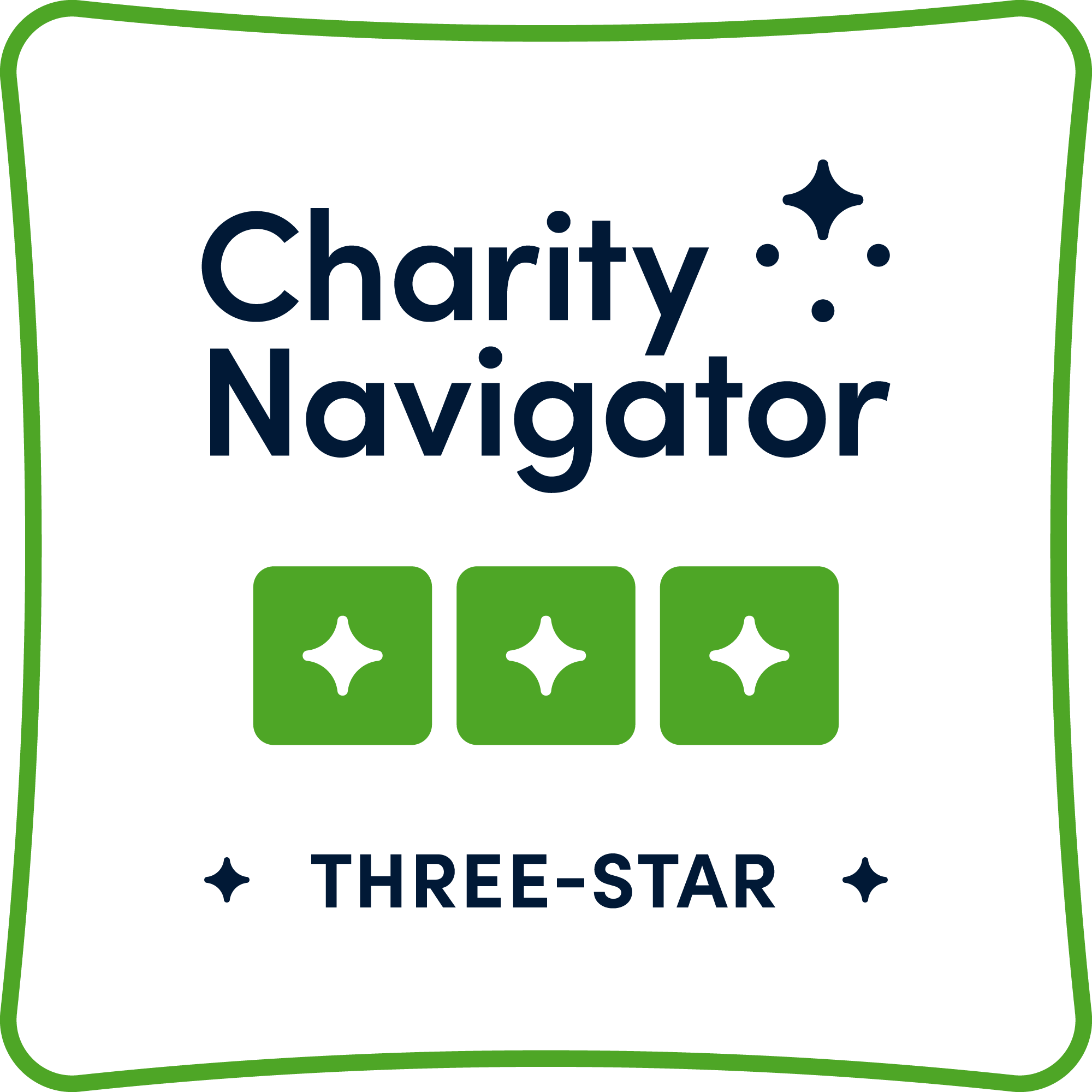For people injured as a result of war or natural disasters, who were born with a disability, or who are affected by diseases that can cause permanent disability, physical rehabilitation is the first step toward regaining independence.
Since 1982, rehabilitation projects have formed a key part of HI's work. At that time, our main activity was providing artificial limbs and rehabilitation to Cambodian landmine survivors and refugees in Thailand, helping them to regain mobility and dignity. Since then, our rehabilitation work has expanded to cover a wide range of activities.
Adapted techniques, appropriate technology
Whether we are fitting artificial limbs1 (also called prosthetics), braces2 (also called orthotics) or other types of mobility aids such as walkers and wheelchairs, the techniques our teams use are adapted to the equipment, skills and infrastructure available in the field.
The technology we use is also chosen according to the local context. Indeed the people we help usually need long-term, personalized follow-up and we must ensure that the mobility aid they receive is adapted to their situation. Is the patient farming rice fields or living in town? Will they need to climb a ladder? Will they be able to visit a center to get their artificial limb fixed if it breaks? These are all questions our specialized teams look at before deciding on the most appropriate support.
Long term sustainability
Learning to walk, to speak, or to move your arm... for many people injured or fitted with an artificial limb or a mobility aid, this process begins with re-learning the movements essential to daily life activities. Physical therapists, occupational therapists, speech therapists, psychologists and healthcare professionals all play a key role on the long road to recovery.
To ensure that the rehabilitation projects we work on become self-sufficient in the long-term, Humanity & Inclusion works closely with local health and rehabilitation stakeholders. To build local and national capacity, our key rehabilitation activities include:
- Training rehabilitation specialists, artificial limbs & braces technicians and staff managing rehabilitation centers (administration, HR, etc.)
- Developing rehabilitation services
- Supporting the development of rehabilitation services within national health and social systems through the establishment of professionals' networks
- Gaining recognition for the training and status of new professionals
- Addressing issues regarding management of services, including cost-recovery schemes
- Choosing appropriate technologies adapted to each context
- Establishing temporary prosthesis production facilities in emergency situations with a view to transferring technology and know-how to support local facilities.
1 An artificial limb replaces a limb or the missing part of the limb.
2 A brace supports a limb affected by paralysis or other disability.







